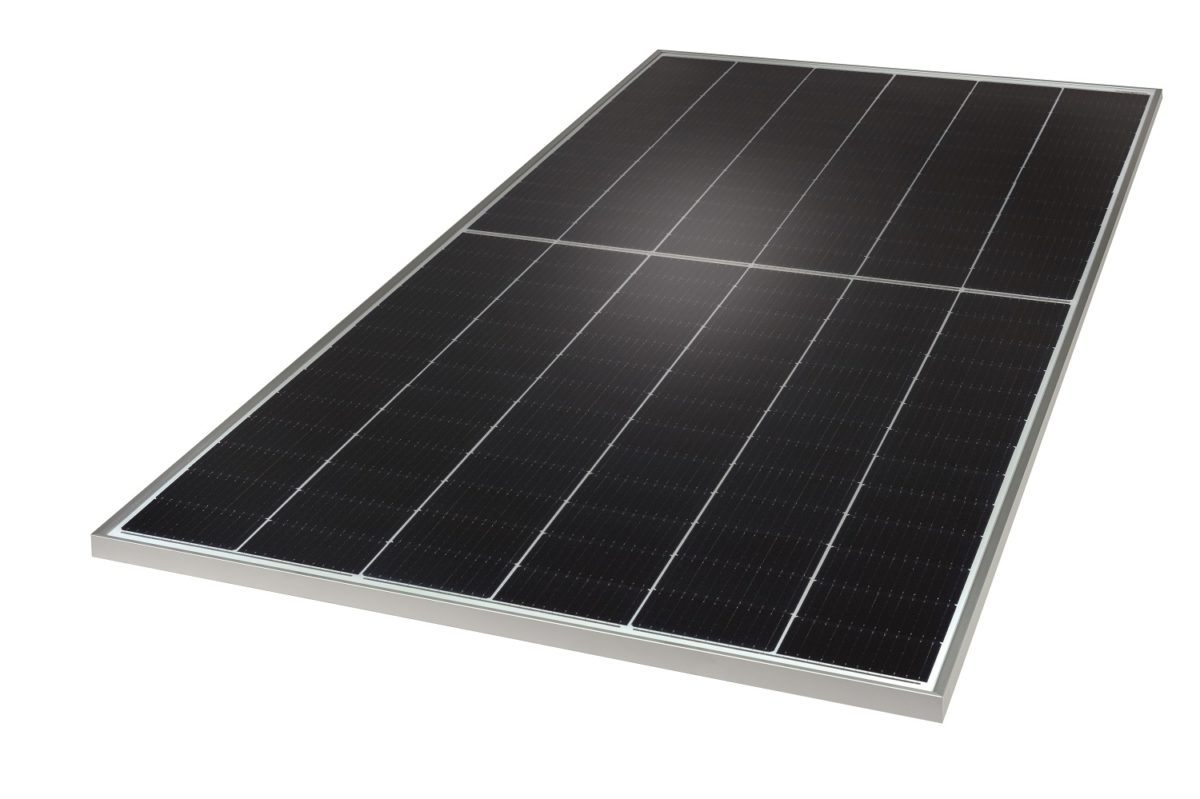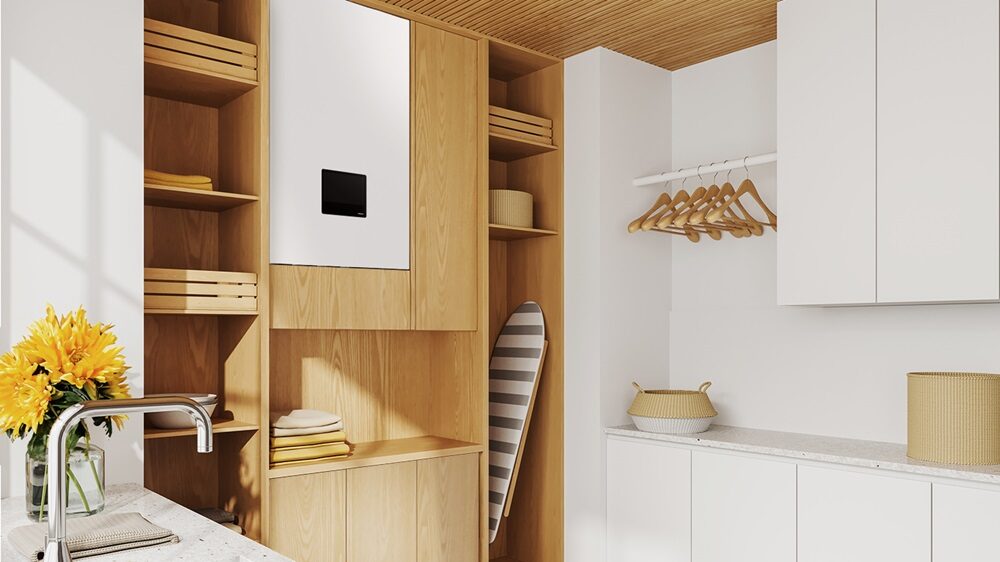From pv magazine USA
EnergyBin, a website for selling solar hardware, has released its second annual PV Module Price Index for the Secondary Solar Market. The index tracks the price of new and used solar modules listed for sale.
EnergyBin does not take commissions on module sales or track actual final sales, so its figures only track listed prices, rather than actual sales. The group lists solar components from more than 500 companies that have registered on its website. From January 2020 to December 2022, it listed 3.6 million modules with a total capacity of 1.35 GW.
Since January 2020, solar module prices on EnergyBin have increased across all classes. Prices increased until January 2022, held near that peak for around six months, and then steadily decreased throughout the rest of the year.
Solar module pricing has not returned to the lows seen in 2020 and early 2021. And due to growing demand, US import challenges, and polysilicon shortages, module prices mirrored those seen in the general marketplace in 2021 and 2022.
Starting with 2021 polysilicon shortages due to factory fires, then buoyed by major growth, polysilicon prices increased by more than 200%. This broke the decade-long price decrease streak of solar modules. Among the many advances in that period, the effective price per watt of polysilicon fell by 96%. Later in 2022, aligned with the EnergyBin price decrease, we started to see the price of polysilicon fall, before bottoming out in January. It is projected that we will see further solar panel price relief, due to massive industry scaling going forward.
EnergyBin has found that the volume of available modules tends to peak during the first and fourth quarters of the year, and decreases in the second and third quarters. BayWa r.e., GoodFaith Energy, and Inovateus Solar are a few EnergyBin users listed on the website.
In 2022, used solar panels represented approximately 9% of all modules listed on EnergyBin’s website, and prices fluctuated from $0.095/W to $0.197/W. EnergyBin observed that at one point during the year, a single project contributed a 27.5 MW volume of used modules, which increased the percentage of used solar modules on the website from 4% to 9%.
EnergyBin says that used modules cost 50% to 80% of what new products cost. Some of the larger solar distributors and re-distributors can be found on the website, along with local shops stocking smaller quantities.
This content is protected by copyright and may not be reused. If you want to cooperate with us and would like to reuse some of our content, please contact: editors@pv-magazine.com.



By submitting this form you agree to pv magazine using your data for the purposes of publishing your comment.
Your personal data will only be disclosed or otherwise transmitted to third parties for the purposes of spam filtering or if this is necessary for technical maintenance of the website. Any other transfer to third parties will not take place unless this is justified on the basis of applicable data protection regulations or if pv magazine is legally obliged to do so.
You may revoke this consent at any time with effect for the future, in which case your personal data will be deleted immediately. Otherwise, your data will be deleted if pv magazine has processed your request or the purpose of data storage is fulfilled.
Further information on data privacy can be found in our Data Protection Policy.